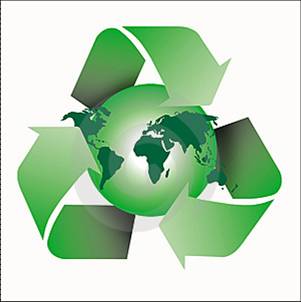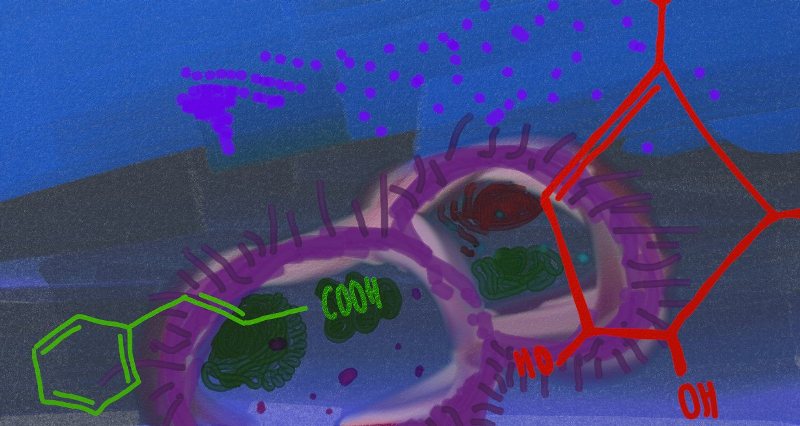Team:Alberta-North-RBI E/Waiting4Pizza
From 2012e.igem.org

August 23, 2012
Contents |
The Opportunity
|
Due to environmental concern, government regulations and economic considerations, there has been a consistent increased effort in recycling endeavours over the past years. Several hundred million metric tons of municipal solid waste is disposed of in Canada and the United States annually. Paper products alone account for approximately 35% of municipal solid waste by weight before recycling.[reference] As a result, recycling paper products not only affects the upstream processes in paper production (where raw materials are acquired), but also has consequences on the downstream portion of paper use (waste-disposal). Recycled paper processing plants use paper as their feedstock and recover fibre that can be used to produce new paper products. Paper fibre cannot, however, be recycled endlessly. It is generally accepted that a fibre can be used four to six times before it becomes too short to be utilized in new paper products.[reference] This unusable fibre accounts for 15-20% of the recycled fibres and is typically disposed of in a waste stream to landfills. The major constituent of these paper fibres is cellulose, a homopolysaccharide made up of β-D-glucose. Ergo, the unusable, short fibre in the waste stream of paper recycling plants is a significant source of potentially exploitable cellulose. Aromatics represent a potentially lucrative chemical endpoint for this cellulose, having high price per unit mass and a sustainable market in both the pharmaceuticals and cosmetics industries. The conversion of this waste into valuable industrial chemicals is a relatively unexplored business opportunity and is desirable from the standpoint of green and clean processing. Our Competitive AdvantageUpcycled Aromatics’ main competitive advantage lies in our feedstock. As mentioned previously, it is impossible for a recycling plant to process the same paper more than a few times before the fibres are deemed too short and disposed of. Our revolutionary strategy is to utilize these once useless fibres as the feedstock for our process, ultimately turning what was once waste into valuable industrial chemicals important in both the pharmaceutical and cosmetics industries. Our strategy ultimately allows us to save significantly on operating costs, and since our initial prototype facility will be located at a recycling plant onsite, costs associated with the feedstock will be negligible if not zero. This unique approach, while increasing our margins, also gives us the opportunity to funnel the money saved into other endeavours, such as expansion or research. Furthermore, the clean, innovative waste-to-value approach taken by Upcycled Aromatics enables us to tap into the ever-expanding green market. As consumers become more and more concerned with the environmental impact of their choices, the larger the edge that Upcycled Aromatics will have over traditional chemical synthesis approaches. needs additional data/info maybe
The G-Map
View Larger Map Countdown
Concept Art
|
 "
"







